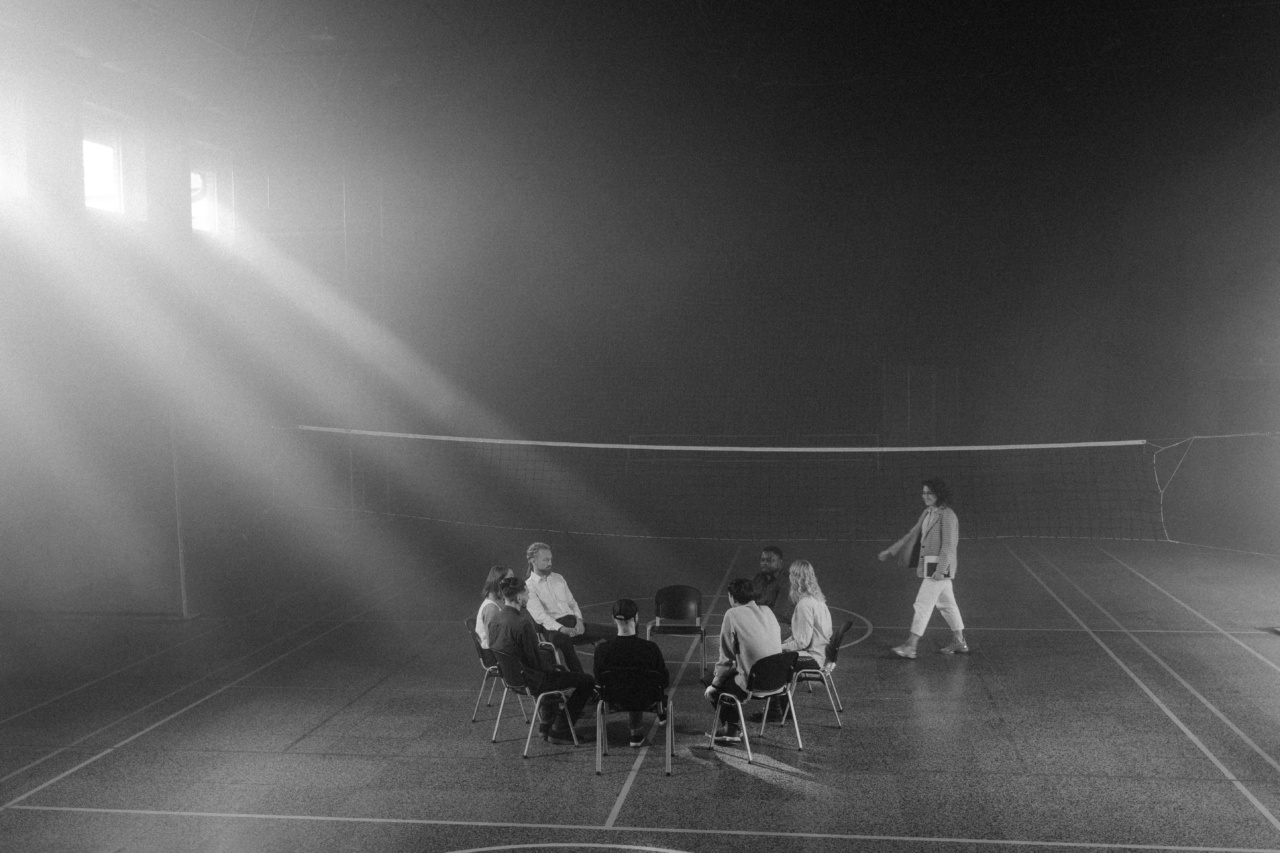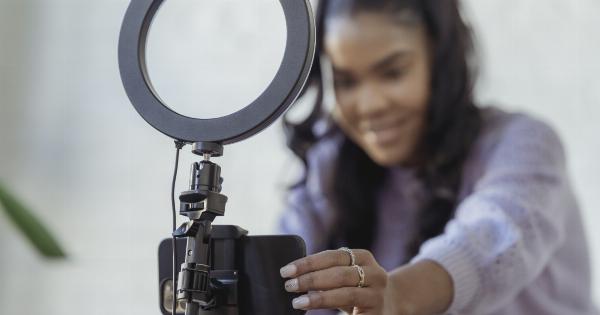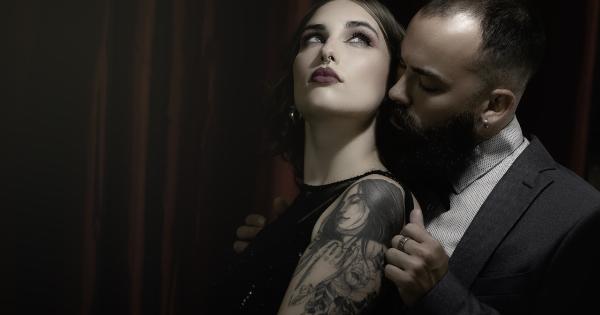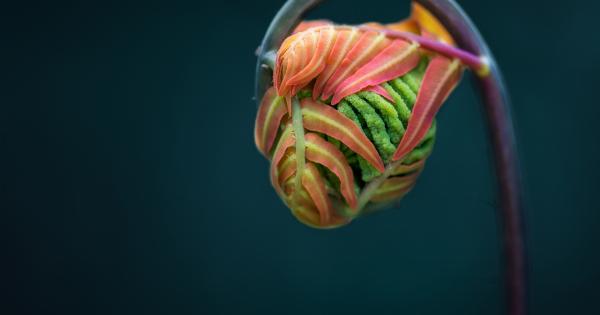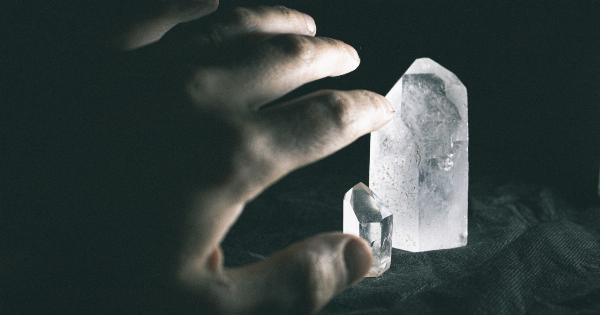One of the most infamous obsessions of the male gender is the fascination with women’s breasts.
Men go to great lengths to admire, touch, and sometimes even fetishize these body parts, with large breasts typically being more coveted than smaller ones. But why is this so? Why are men so infatuated with women’s breast size? Is it purely a physical attraction or are there underlying cultural, biological, or psychological factors at play? Let’s dive deeper.
The Evolutionary Biology Behind It
From an evolutionary biology standpoint, men’s fascination with women’s breasts can be traced back to our primal ancestors, who saw them as a sign of fertility and reproductive health.
Breasts are an external display of the mammary glands, which produce and supply milk to infants. Large breasts, therefore, were seen as a sign of a woman’s ability to nourish and provide for offspring.
In addition to reproductive success, men were also drawn to large breasts because they signified the presence of higher levels of estrogen, a hormone responsible for female sexual characteristics.
This hormone is also linked to the menstrual cycle and various aspects of femininity, including softer skin, shiny hair, and higher-pitched voice.
The Cultural Heft of Women’s Breast Size
While biology may explain the initial attraction to breasts, culture plays a significant role in shaping the obsession with size. Women with larger breasts have been idealized in various forms of media, from art to advertising to pornography.
Big-breasted actresses, models, and pop stars are often held up as sex symbols, leading many girls and women to feel pressure to conform to this beauty standard. Conversely, women who are flat-chested or have small breasts may feel inadequate or unsexy in comparison.
On the other hand, in some cultures, smaller breasts are seen as more desirable and youthful, not to mention practical for running, jumping, and other physical activities.
It’s important to note that cultural beauty ideals differ from one society to another, and are not necessarily universal or objective.
The Psychology of Breasts
Although the attraction to breasts may seem purely physical, there’s also a psychological aspect to it. As infants, we learn to associate breasts with comfort, security, and nourishment.
Breastfeeding strengthens the bond between mother and child, and sets the stage for later experiences of touch and intimacy. As we grow, breasts become a source of curiosity and fascination, often associated with unattainable or forbidden desires.
In some cases, men’s obsession with breasts may stem from a subconscious desire for motherly love or affection. Alternatively, it may be a form of objectification, reducing a woman to a body part rather than a whole person.
In extreme cases, this can lead to harassment, assault, or other forms of violence.
The Beauty of Diversity
While it’s natural for men to have preferences when it comes to women’s breast size, it’s important to remember that there’s no one-size-fits-all ideal.
Women come in all shapes and sizes, and what matters most is not their breast size but their health, confidence, and self-esteem. It’s also crucial to respect women’s bodily autonomy, and not to touch or comment on their breasts without their consent.
Furthermore, it’s important to acknowledge that men can be objectified in similar ways, with unrealistic beauty standards and stereotypical expectations. Just as women can be more than their breasts, men can be more than their muscles or height.
The Bottom Line
Men’s obsession with women’s breast size is a complex issue that cannot be reduced to a simple answer.
While biology, culture, and psychology all play a role, ultimately, it’s up to each individual to examine their own beliefs and biases and treat others with respect and dignity.
